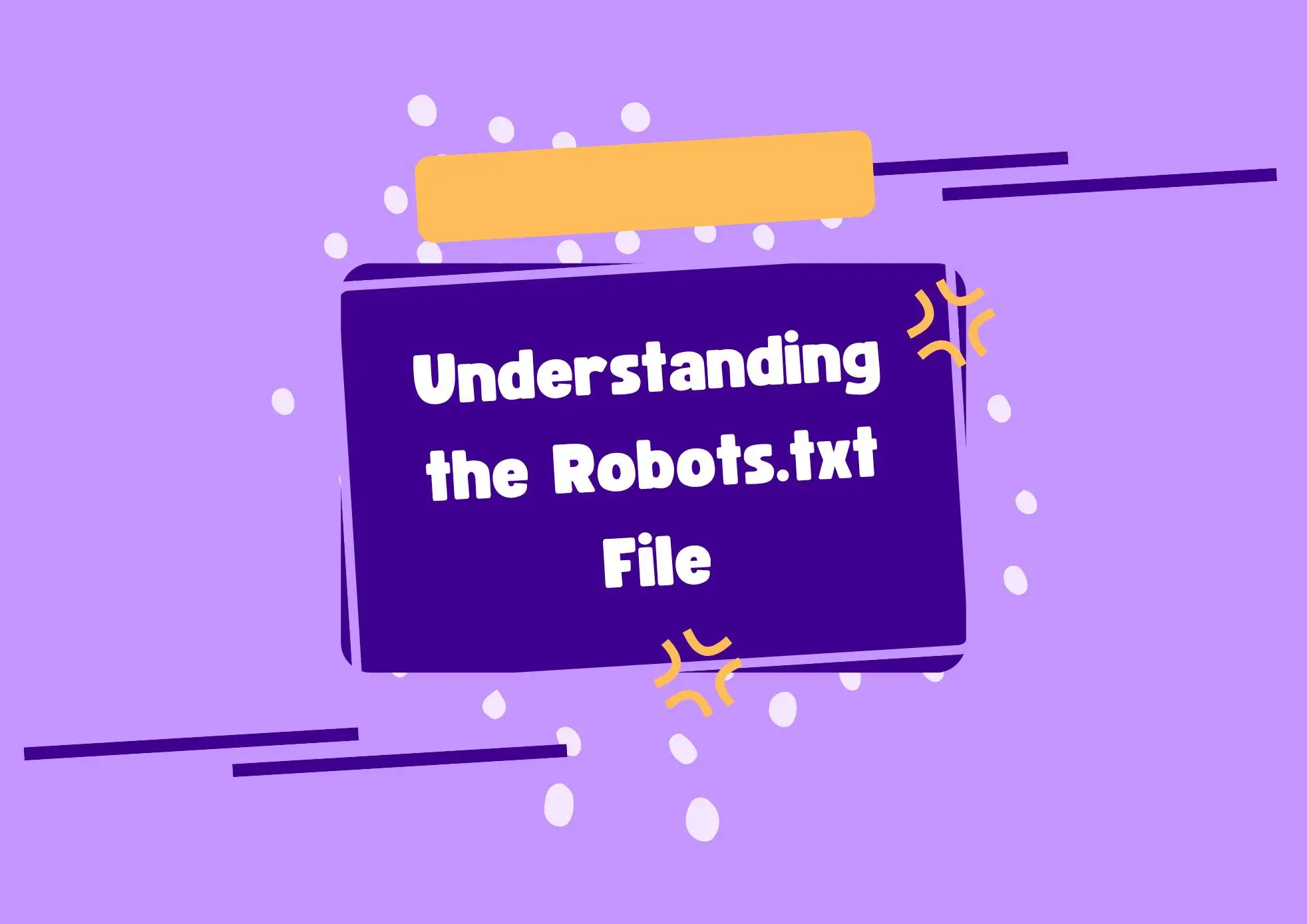In the ever-evolving landscape of the internet, the need for effective website management and search engine optimization is paramount. One essential tool at a webmaster’s disposal is the robots.txt file. This simple yet powerful file plays a critical role in guiding search engine crawlers on how to interact with your website. Here’s a closer look at what it is, how it works, and why it matters.
What is a Robots.txt File?
The robots.txt file is a plain text file located in the root directory of a website that provides directives for web crawlers and bots. Its primary function is to manage access and inform search engines about the pages they are allowed or disallowed to crawl. By specifying certain rules, webmasters can optimize their site’s indexing and protect sensitive content from being accessed by unwanted crawlers.
How Does It Work?
When a search engine bot visits a site, it first checks for the presence of a robots.txt file. If the file exists, the bot reads the directives contained within it. Here’s a basic structure of a robots.txt file:
vbnetCopyEditUser-agent: *
Disallow: /private/
Allow: /public/
In this example:
- User-agent specifies which crawler the following rules apply to (in this case, all crawlers with the asterisk ‘*’).
- Disallow indicates which directories or pages should not be crawled.
- Allow specifies pages that can be accessed, even if they are within a disallowed directory.
Why is Robots.txt Important?
- Control Over Crawling: It gives webmasters control over how search engines interact with their site, which is crucial for SEO.
- Site Performance Optimization: By preventing crawlers from indexing duplicate or irrelevant content, you can enhance your site’s overall performance and crawling efficiency.
- Protect Sensitive Information: It provides a first line of defense for sensitive data that you don’t want to be publicly indexed.
Best Practices for Using Robots.txt
- Keep it Simple: Use clear and concise rules to avoid confusion for both crawlers and yourself.
- Test Your File: Many search engines offer tools to test your robots.txt file to ensure it’s functioning as intended.
- Regular Updates: As your website evolves, so too should your robots.txt file to reflect any new content structures or directives.
In conclusion, the robots.txt file is an essential component of website management and SEO strategy. By understanding how to effectively implement it, webmasters can achieve greater control over their site’s visibility and performance in search engines.



